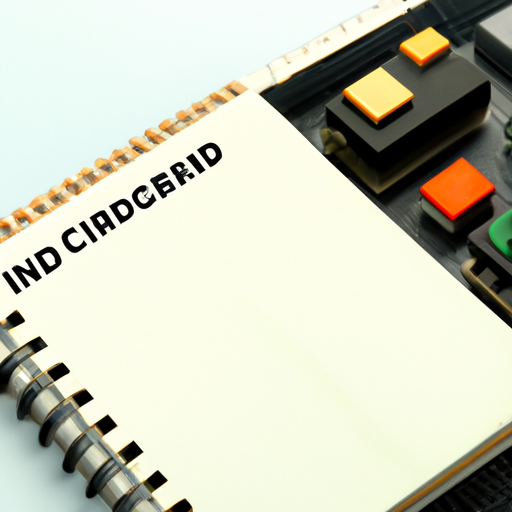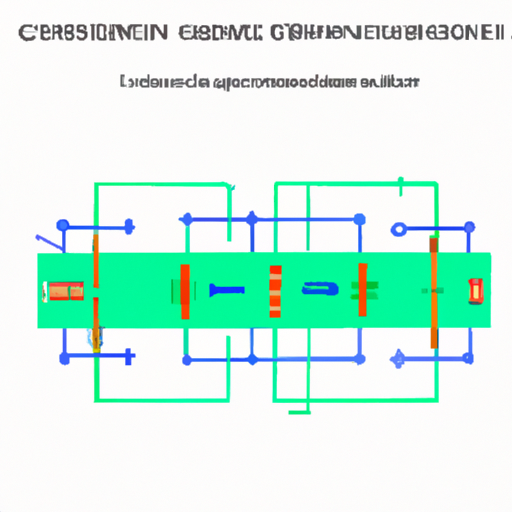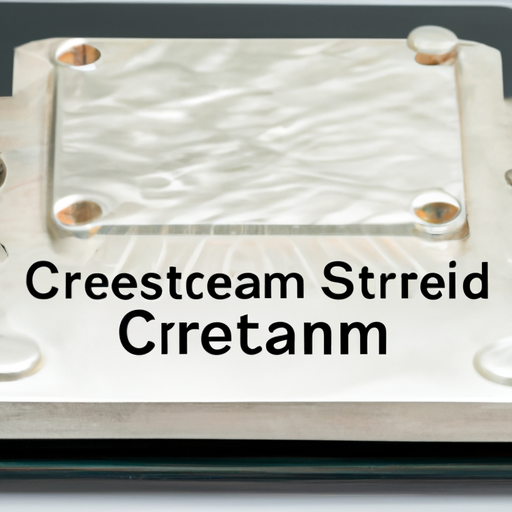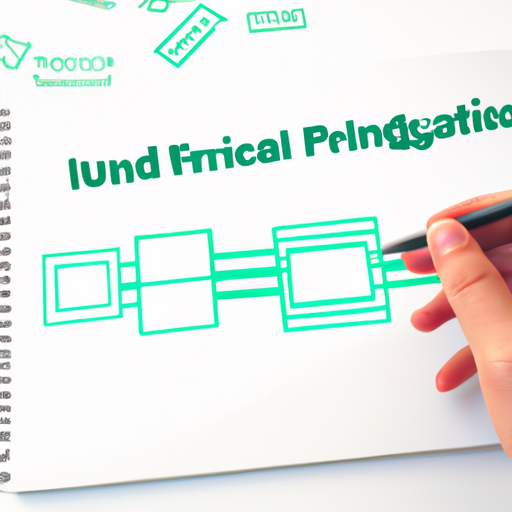What are the advantages of integrated circuit layout products?
What are the Advantages of Integrated Circuit Layout Products?
I. Introduction
In the rapidly evolving world of electronics, integrated circuits (ICs) serve as the backbone of modern technology. Integrated Circuit Layout Products are specialized tools and software used to design the physical layout of these circuits, ensuring that they function correctly and efficiently. The importance of IC layout in modern electronics cannot be overstated; it directly impacts the performance, reliability, and manufacturability of electronic devices. This blog post will explore the numerous advantages of integrated circuit layout products, highlighting their role in enhancing design efficiency, cost-effectiveness, performance, scalability, collaboration, compliance, and future-proofing.
II. Enhanced Design Efficiency
A. Streamlined Design Processes
One of the primary advantages of integrated circuit layout products is the significant enhancement in design efficiency. These tools automate many aspects of the layout generation process, allowing engineers to focus on higher-level design considerations rather than getting bogged down in manual tasks. Automation reduces the likelihood of human error, which can lead to costly mistakes and delays in the design cycle.
B. Improved Design Tools
Modern IC layout products come equipped with advanced software capabilities that facilitate a more intuitive design experience. These tools often integrate seamlessly with Design Rule Checking (DRC) and Layout Versus Schematic (LVS) functionalities, ensuring that the layout adheres to industry standards and matches the intended circuit design. This integration not only saves time but also enhances the overall quality of the design.
III. Cost-Effectiveness
A. Reduction in Production Costs
Cost-effectiveness is another significant advantage of using integrated circuit layout products. By minimizing material waste through optimized layouts, these tools help reduce production costs. Efficient designs can lead to fewer defects and lower manufacturing expenses, ultimately benefiting the bottom line.
B. Decreased Time-to-Market
In today’s fast-paced market, the ability to bring products to market quickly is crucial. Integrated circuit layout products enable faster prototyping and testing, allowing companies to iterate on designs more rapidly. This speed provides a competitive advantage, particularly in industries where technological advancements occur at breakneck speed.
IV. Enhanced Performance and Reliability
A. Optimization of Electrical Performance
Integrated circuit layout products play a vital role in optimizing the electrical performance of ICs. By improving signal integrity and enhancing power efficiency, these tools ensure that circuits operate at their best. This optimization is essential for applications requiring high-speed data processing and low power consumption, such as mobile devices and IoT applications.
B. Reliability through Robust Design
Reliability is a critical factor in the success of any electronic device. Integrated circuit layout products help mitigate thermal and mechanical stress, which can lead to failures over time. By focusing on robust design principles, these tools contribute to the long-term performance stability of ICs, ensuring that they meet the demands of various applications.
V. Scalability and Flexibility
A. Adaptability to Different Technologies
The versatility of integrated circuit layout products is another key advantage. These tools support various IC types, including analog, digital, and mixed-signal designs. Additionally, they are compatible with emerging technologies such as the Internet of Things (IoT) and artificial intelligence (AI), allowing designers to stay ahead of the curve.
B. Customization for Specific Applications
Integrated circuit layout products also offer customization options tailored to specific applications. This flexibility enables designers to create solutions that meet the unique requirements of diverse industries, from consumer electronics to automotive and aerospace. Such adaptability is crucial in a landscape where one-size-fits-all solutions are often inadequate.
VI. Improved Collaboration and Communication
A. Enhanced Team Collaboration
In an increasingly collaborative work environment, integrated circuit layout products facilitate better teamwork. Cloud-based design platforms allow multiple team members to work on a project simultaneously, regardless of their physical location. Real-time updates and version control ensure that everyone is on the same page, reducing the risk of miscommunication and errors.
B. Better Communication with Stakeholders
Effective communication with stakeholders is essential for the success of any project. Integrated circuit layout products often include visualization tools that help non-technical stakeholders understand complex designs. This capability streamlines feedback processes, ensuring that all parties are aligned and that the final product meets expectations.
VII. Compliance and Standards Adherence
A. Meeting Industry Standards
Compliance with industry standards is a critical aspect of IC design. Integrated circuit layout products are designed to help engineers meet international design standards, ensuring that their products are safe and of high quality. This adherence not only protects consumers but also enhances the reputation of the manufacturer.
B. Simplified Regulatory Approvals
Navigating the regulatory landscape can be challenging, but integrated circuit layout products simplify this process. With built-in documentation and reporting tools, these products facilitate certification processes, making it easier for companies to gain the necessary approvals for their designs.
VIII. Future-Proofing Designs
A. Incorporation of Emerging Technologies
As technology continues to advance, integrated circuit layout products are evolving to support new materials and processes. By incorporating emerging technologies such as AI and machine learning, these tools enable designers to create innovative solutions that are not only relevant today but also future-proof.
B. Long-Term Viability of Designs
Designing for manufacturability (DFM) is a crucial consideration in IC layout. Integrated circuit layout products help engineers anticipate future market trends and design requirements, ensuring that their products remain viable in the long term. This foresight is essential for companies looking to maintain a competitive edge in a rapidly changing landscape.
IX. Conclusion
In summary, integrated circuit layout products offer a multitude of advantages that significantly impact the design and manufacturing of electronic devices. From enhanced design efficiency and cost-effectiveness to improved performance, scalability, collaboration, compliance, and future-proofing, these tools are indispensable in the modern electronics landscape. As technology continues to evolve, investing in quality IC layout solutions will be crucial for companies aiming to stay competitive and meet the demands of an ever-changing market. The role of IC layout products in shaping the future of electronics cannot be overstated, making them a vital component of any successful design strategy.





